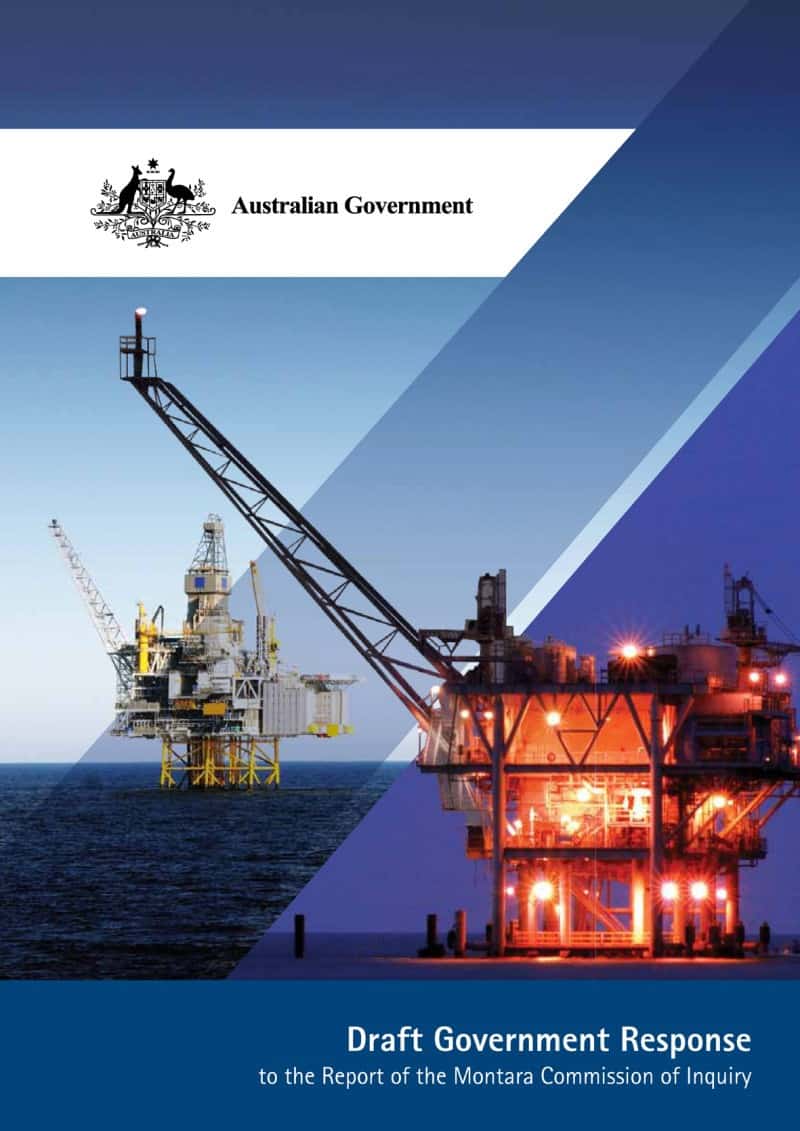On 24 November 2010, the Australian Government finally released the investigation report into the 2009 Montara oil spill in the Timor Sea that has similarities to the oil rig explosion of BP in the Gulf of Mexico in 2010.
 The Energy & Resources Minister, Martin Ferguson, has sat on the report since the Board of Inquiry presented its findings in June 2010 even though there could have been industry-wide safety and design lessons. Significantly, the report was released after the recent Federal election and, according to the Minister’s media release, has found :
The Energy & Resources Minister, Martin Ferguson, has sat on the report since the Board of Inquiry presented its findings in June 2010 even though there could have been industry-wide safety and design lessons. Significantly, the report was released after the recent Federal election and, according to the Minister’s media release, has found :
“At the heart of this matter is the failure of the operator and the failure of the regulator to adhere to this regime. Montara was preventable. If either – or preferably both – PTTEP AA or the Northern Territory Designated Authority had done their jobs properly and complied with requirements, the Montara Blowout would never have happened.”
For those readers in America and the Gulf of Mexico, these words may echo what they have heard only a few months ago.
The Government response supports the Report’s finding states:
“…that PTTEP AA’s widespread and systemic procedural shortcomings were a direct cause of the Montara incident. In addition, the Report identified concerns relating to the integrity of the remaining wells (H2, H3, H4 and GI) at the Montara Wellhead Platform. The Commissioner concluded that PTTEP AA did not achieve proper control of any of the five wells at the Montara oil field, and that PTTEP AA’s internal systems were insufficient to achieve a high quality of assurance in respect of well operations.” [link added] Continue reading “Montara oil spill report finally released”
